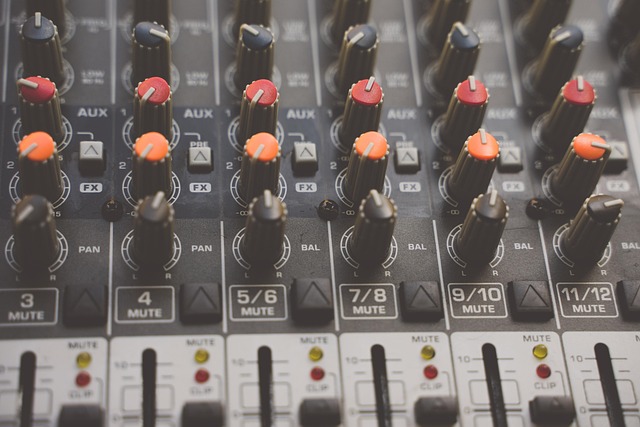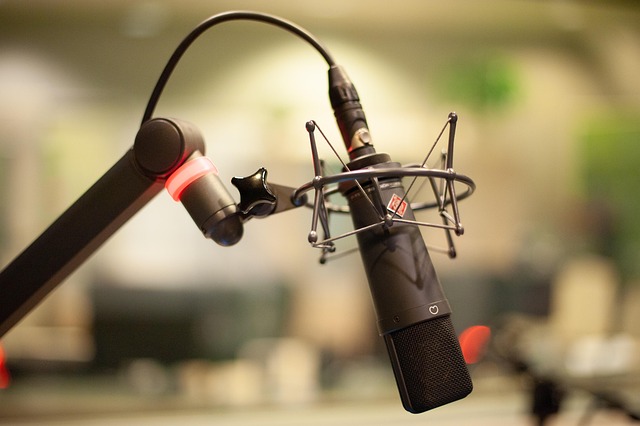Serial Podcast Culture Modern Entertainment Trends
The landscape of modern entertainment is shifting toward episodic storytelling that feels more intimate and immersive than traditional formats. At the forefront of this shift is the serial podcast, a series of episodes released over time that invites listeners to become part of a narrative arc. While the term “serial podcast” might evoke a simple audio series, the cultural impact of these platforms stretches far beyond entertainment, influencing how we consume media, form communities, and even shape the future of journalism.
From Niche to Mainstream: The Rise of the Serial Podcast
Serial podcasts began as niche projects shared on independent platforms, but the breakthrough moment arrived with high‑profile shows that captured national attention. The success of early examples in investigative and true‑crime genres demonstrated that a well‑crafted narrative could draw millions of listeners, encouraging mainstream media companies to invest heavily in the format. Today, the genre spans everything from science fiction epics to personal memoirs, proving that serialized audio storytelling can thrive across diverse themes.
- Growth in subscriber numbers
- Increase in advertising revenue
- Expansion into international markets
Storytelling Techniques That Engage
What sets serial podcasts apart is their ability to weave long‑form storytelling with episodic pacing. Writers use cliffhangers, character development, and thematic hooks to keep audiences coming back. Sound design—using ambient noise, music cues, and voice modulation—enhances the narrative immersion, giving listeners the feeling of being on a live set rather than a passive consumer. The combination of these techniques turns a simple audio format into a rich, multisensory experience.
“Serial podcasts harness the power of suspense and sound to create a listening ritual that feels like a shared adventure.”
Audience Engagement: Building Communities Around Audio
Serial podcasts thrive on the sense of community that forms around them. Fans gather on forums, social media groups, and dedicated fan sites to discuss plot twists, speculate on outcomes, and share fan art. This engagement extends beyond passive listening; listeners often participate in live Q&A sessions with creators, attend virtual meet‑ups, and even influence story direction through feedback loops. The result is a loyal fan base that becomes part of the creative process, deepening the cultural relevance of the genre.
Economic Models Supporting the Format
The financial success of serial podcasts is built on a mix of sponsorships, subscription tiers, and merchandising. Many shows offer a free ad‑supported tier while providing exclusive content—such as bonus episodes or early releases—to paying subscribers. Merchandising, from branded apparel to limited‑edition soundtracks, creates additional revenue streams. These models ensure that creators can sustain long‑term projects while maintaining creative independence.
- Ad‑supported free tier
- Premium subscription with exclusive content
- Merchandising and licensing deals
Impact on Traditional Media and Journalism
Serial podcasts have begun to blur the line between entertainment and investigative journalism. Long‑form investigative series—such as those that expose systemic injustices—use the same serialized structure to maintain audience interest over months. These series not only inform but also mobilize listeners, often leading to real‑world change. As a result, traditional media outlets increasingly collaborate with podcast platforms to disseminate investigative stories to wider audiences.
Educational and Cultural Benefits
Beyond news and entertainment, serial podcasts serve as educational tools. Many creators produce series on history, science, or cultural studies, offering accessible learning opportunities. The conversational tone and narrative format help listeners digest complex topics more effectively than academic texts. Additionally, serial podcasts give a voice to underrepresented communities, allowing stories that might otherwise go unheard to reach global audiences.
The Future of Serial Podcast Culture
As technology evolves, so does the potential for innovation in the serial podcast space. Interactive storytelling, where listeners choose narrative paths, is already emerging. Advances in spatial audio and AI‑generated voice actors promise to further enhance realism and immersion. Furthermore, cross‑platform storytelling—integrating podcasts with comics, interactive websites, or short films—could create hybrid experiences that capture audiences across multiple mediums.
Challenges and Opportunities
Despite its growth, the serial podcast industry faces several challenges. The sheer volume of content makes discoverability difficult; algorithms and curation tools will be essential to guide new listeners. Intellectual property concerns arise as creators experiment with adaptations and licensing across formats. Yet these challenges also present opportunities for innovation: better recommendation systems, new monetization models, and partnerships between content creators and technology firms could reshape how we engage with audio narratives.
- Discoverability and algorithmic curation
- Intellectual property and licensing complexities
- Expansion into multimodal storytelling
In conclusion, serial podcasts have become a defining force in modern entertainment culture. Their unique blend of serialized storytelling, community engagement, and economic flexibility has transformed how we consume audio content. As the genre continues to mature, it will likely influence broader media practices and cultural conversations, cementing its place as a cornerstone of contemporary storytelling.



